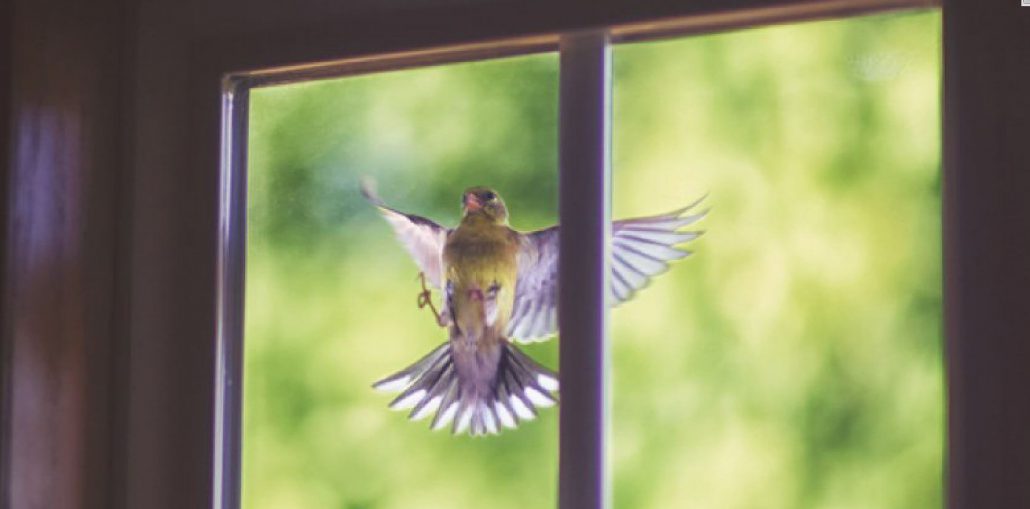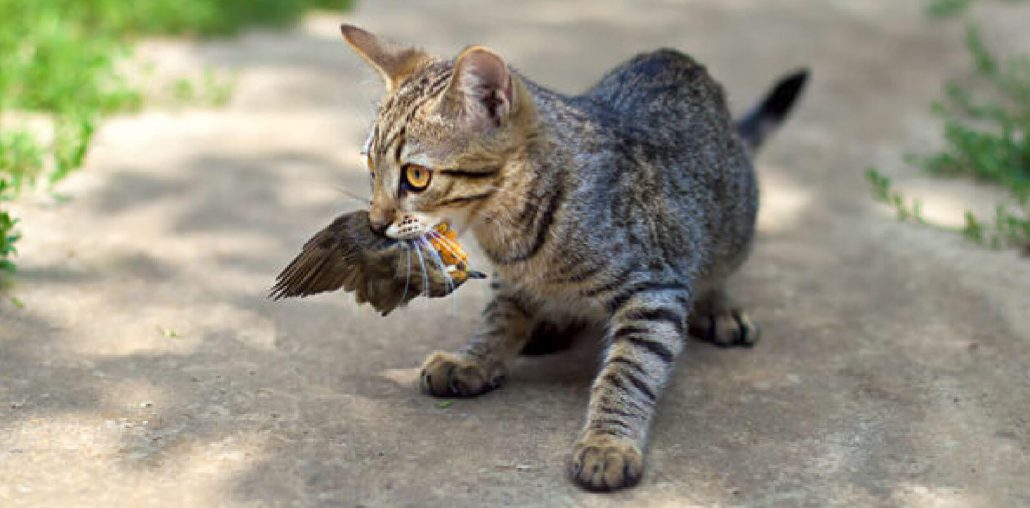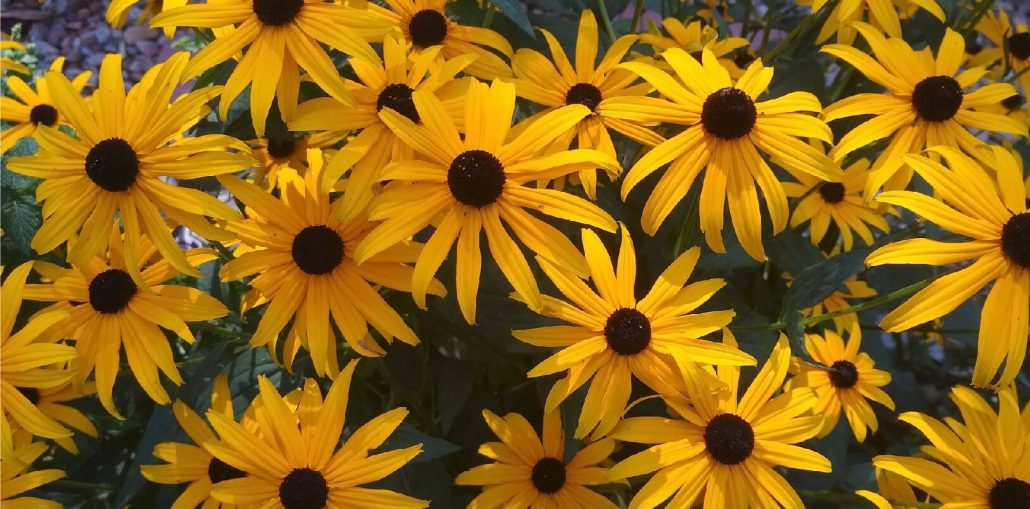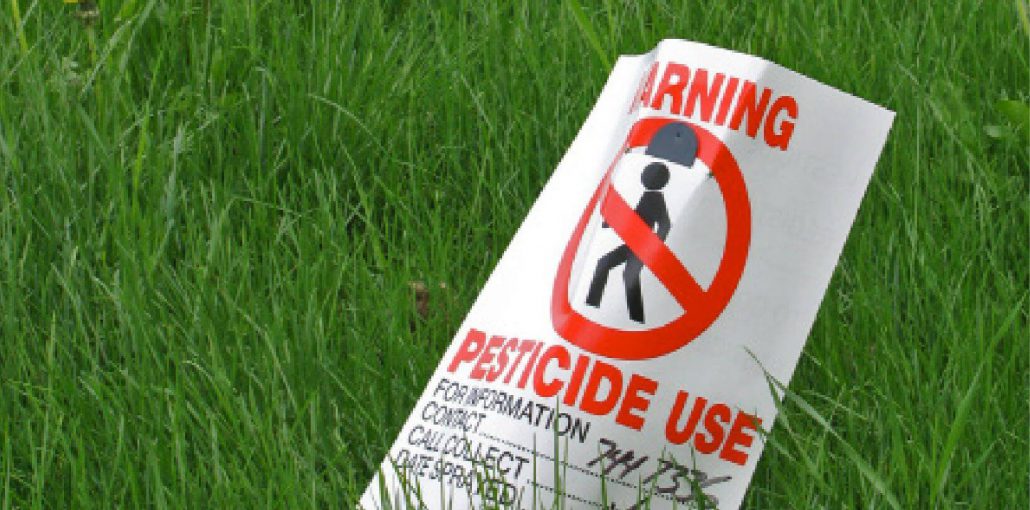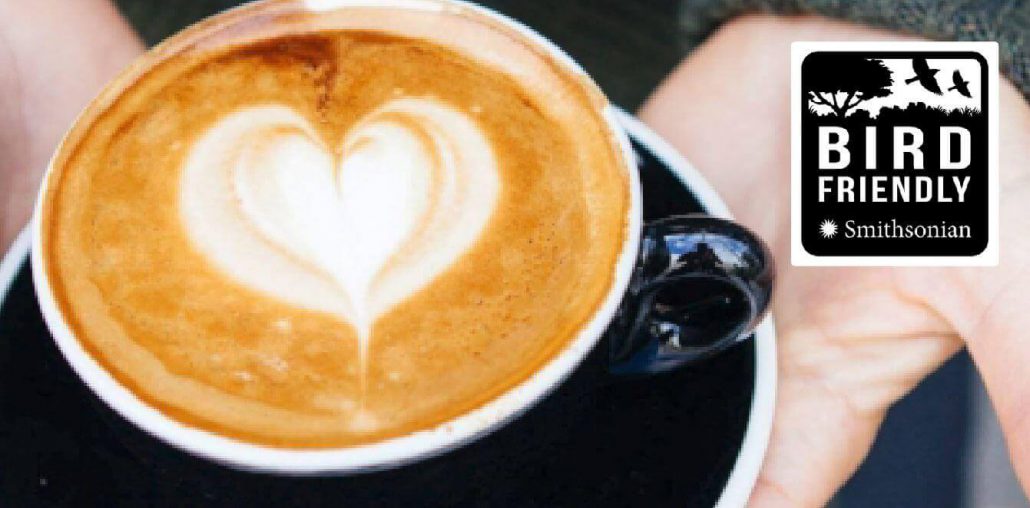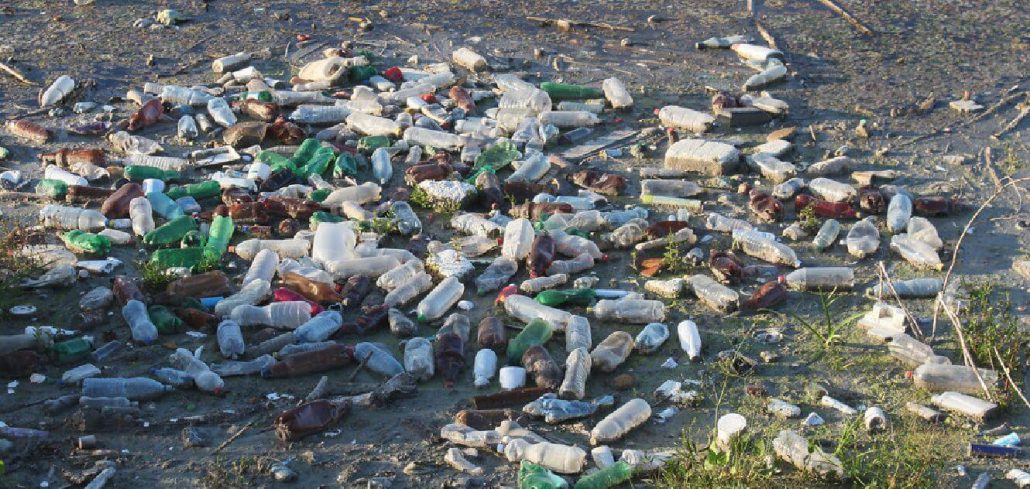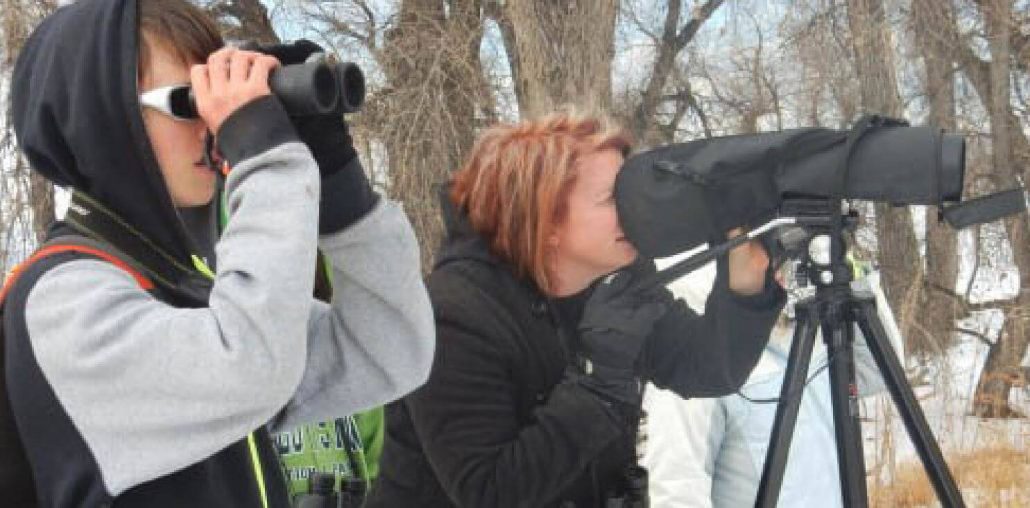Seven Simple Ways to Help Birds
Birds are in trouble, but every individual can help. Here are seven ways to make your home and lifestyle bird friendly.
1. Make Windows Safer, Day and Night
The challenge: Nearly 1 billion birds are estimated to die each year after hitting windows in the United States alone.
The cause: By day, birds perceive reflections in glass as habitat they can fly into. By night, migratory birds drawn in by city lights are at high risk of colliding with buildings.
Simple steps:
- Partially close blinds to produce visible horizontal lines
- On the outside of the window, install screens or break up reflections—using film, tape, string or products like Acopian BirdSavers, ABC BirdTape, BirdSafe.
- Place feeders at appropriate locations – at least 30 feet away from windows, or very close (within 3 feet, so they cannot build enough momentum to injure themselves against the glass
Take it further: Work with small businesses or public buildings to offer a contest for creative “window mural” designs that make windows safer for birds. Advocate for bird-friendly building designs.
Get started today:
- Quick, affordable ways to keep birds from hitting windows
- Building or renovating a new office building? Check out the Bird-Friendly Building Design Manual
- Start a Lights Out Campaign in your community
2. Keep Cats Indoors
The challenge: Cats are estimated to kill more than 2.4 billion birds annually in the U.S. This is the #1 human-caused reason for the loss of birds, aside from habitat loss.
The cause: Cats can make great pets, but more than 100 million feral and pet cats now roam in the United States. These nonnative predators instinctively hunt and kill birds even when well fed.
Solutions that are good for cats and birds: Save birds and keep cats healthy by keeping cats indoors or creating an outdoor “catio.” You can also train your cat to walk on a leash.
Take it further: Speak out about the impacts of feral cat colonies in your neighborhood and on public lands. Feral cats’ lives may be as short as two years because of disease and hardship, and they are responsible for 69% of birds killed by cats in the United States.
Get started today:
3. Reduce Lawn, Plant Natives
The challenge: Birds have fewer places to safely rest during migration and to raise their young: More than 10 million acres of land in the United States were converted to developed land from 1982 to 1997.
The cause: Lawns and pavement don’t offer enough food or shelter for many birds and other wildlife. With more than 63 million acres of lawn in the United States alone, there’s huge potential to support wildlife by replacing lawns with native plantings.
Take it further: Add native plants and watch birds come in. Native plants add interest and beauty to your yard and neighborhood and provide shelter and nesting areas for birds. The nectar, seeds, berries, and insects will sustain birds and diverse wildlife.
Get started today:
- Find out which native plants are best for your area
- Live in Colorado’s Front Range? Check out the Guide to Backyard Birds of the Front Range!
- Certify your backyard as a Backyard Wildlife Habitat or become a Habitat Hero
4. Avoid Pesticides
The challenge: More than 1 billion pounds of pesticides are applied in the United States each year. The nation’s most widely used insecticides, called neonicotinoids or “neonics,” are lethal to birds and to the insects that birds consume. Common weed killers used around homes, such as 2, 4-D and glyphosate (used in Roundup), can be toxic to wildlife, and glyphosate has been declared a probable human carcinogen.
The cause: Pesticides that are toxic to birds can harm them directly through contact, or if they eat contaminated seeds or prey. Pesticides can also harm birds indirectly by reducing the number of insects that birds need to survive.
A healthy choice for you, your family, and birds: Consider purchasing organic food. Nearly 70% of produce sold in the United States contains pesticides. Reduce pesticides around your home.
Take it further: Avoid using neonicotinoids around your home, garden and in your community. Make your voice heard with elected officials and share your opinions about legislation to regulate the use of neonics.
Get started today:
- Check out the Shopper’s Guide to Pesticides in Produce
- Take the Pollinator Pledge to protect birds and bees from harmful pesticides
5. Drink Bird-Friendly Coffee
The challenge: Three-quarters of the world’s coffee farms grow their plants in the sun, destroying forests that birds and other wildlife need for food and shelter. Sun-grown coffee also often requires using environmentally harmful pesticides and fertilizers. On the other hand, farms that grow coffee in the shade of native trees preserve a forest canopy that helps migratory birds survive the winter.
The cause: Too few consumers are aware of the problems of sun coffee. Those who are aware may be reluctant to pay more for environmentally sustainable coffee.
Insist on Bird-Friendly Coffee: Bird-Friendly Coffee is a certification from the Smithsonian Migratory Bird Center that also includes organic and fair trade standards. Buying Bird-Friendly coffee is a win-win-win: it’s delicious, economically beneficial to coffee farmers, and helps more than 42 species of North American migratory songbirds that winter in coffee plantations, including orioles, warblers, and thrushes. It’s important to note that Bird-Friendly is a specific certification, while “shade-grown” is not. “Shade-grown” coffee can range from fully sustainable and organic to nearly indistinguishable from sun-grown coffee. Find more information from All About Birds.
Take it further: Educate your local coffee shops and grocery stores about how Bird-Friendly coffee helps birds and the environment.
Get started today:
- Look for the Smithsonian-certified Bird-Friendly coffee seal of approval
- Set up a coffee subscription with Birds & Beans (they have great tasting coffee!)
6. Protect Our Planet from Plastics
The challenge: It’s estimated that 4,900 million metric tons of plastic have accumulated in landfills and in our environment worldwide, polluting our oceans and harming wildlife such as seabirds, whales, and turtles that mistakenly eat plastic, or become entangled in it.
The cause: Plastic takes more than 400 years to degrade, and 91% of plastics created are not recycled. Studies show that at least 80 seabird species ingest plastic, mistaking it for food. Cigarette lighters, toothbrushes, and other trash have been found in the stomachs of dead albatrosses.
Reduce your use of plastics: Avoid single-use plastics including bags, bottles, wraps, and disposable utensils. It’s far better to choose reusable items, but if you do have disposable plastic, be sure to recycle it.
Take it further: Lead by example and reduce your use of plastic bags, styrofoam, straws and single-use plastics. Encourage stores to offer incentives for reusable bags, and ask restaurants and other businesses to phase out single-use plastics.
Get started today:
7. Watch Birds, Share What You See
The challenge: The world’s most abundant bird, the Passenger Pigeon, went extinct, and people didn’t realize how quickly it was vanishing until it was too late. Monitoring birds is essential to help protect them, but tracking the health of the world’s 10,000 bird species is an immense challenge.
The cause: To understand how birds are faring, scientists need hundreds of thousands of people to report what they’re seeing in backyards, neighborhoods, and wild places around the world. Without this information, scientists will not have enough timely data to show where and when birds are declining around the world.
Enjoy birds while helping science and conservation: Join a project such as eBird, iNaturalist, Project FeederWatch, a Christmas Bird Count, or a Breeding Bird Survey to record your bird observations. Your contributions provide valuable information to show where birds are thriving—and where they need our help.
Take it further: Mobilize others in your community by organizing school groups or leading bird walks and submitting your counts to eBird.org. Support organizations that coordinate bird-monitoring projects in your area.
Get started today:


